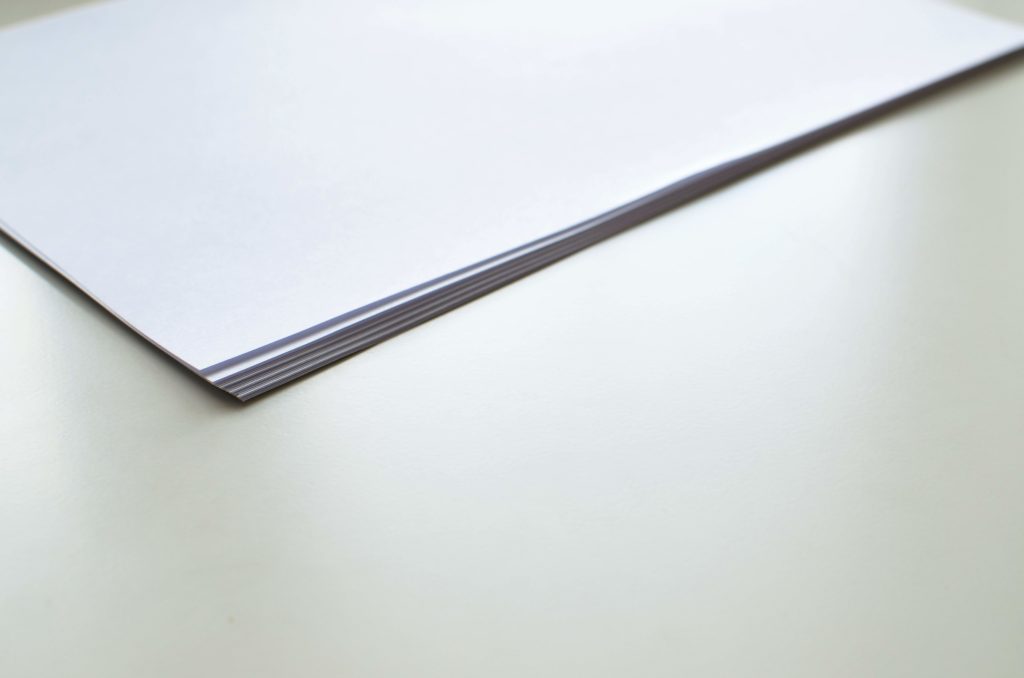People who work with printed products, drawings, and various layouts know perfectly well what paper sizes are and what is their purpose. And if you think that such information will not be useful to you, then it is a mistake: from time to time we all are faced with the need to print large format printings, documents, or images.
And the most curious of us may wonder: why is the size of the sheets exactly as we used to know them?
What is a standard paper size?
The standard size of a sheet of paper is called the paper size. If in the nineteenth century different countries had their paper sizes, then in the twentieth century everything changed. Two standards have appeared – international and North American.
It should be noted that the establishment of international standards, as well as the formation of paper formats, began from a country such as Germany. It was there that the German paper standard was invented, which, by the way, was considered official until 1975 in most European countries. Furthermore, it was called DIN. In the seventies, the UN declared this format official. At the same time, it received a new name – ISO 216.
Today this paper format is called international. The basis of the international format is a sheet of paper of 1 square meter. The system of measures for this format is metric. The following (smaller) formats can be obtained by dividing a sheet of paper into two parts.
What are different paper sizes?
In total, the international format includes three series of formats: B, C, and A. The most popular, of course, is the A format. It is he who is used to make paper for printing, office paper, and white goods.
The basis of this format is A0. This is a sheet of paper with an area of 1 square meter. In millimeters, it has the following dimensions: 841 × 1189.
If sheet A0 is divided in half, the result will be an A1 sheet. In millimeters, it will have the following dimensions: 594 × 841.
It is followed by the A2 format. We divide A1 into two equal parts and get this format. Its dimensions are already smaller: 420 × 594 millimeters. Typically, this format is used for newspaper printing.
The formats A3, A4 is the most popular. The first has the following dimensions: 297 × 420 millimeters. This format is used for publishing tabloid newspapers. It can be used both in ordinary printers, which many have at home and in copiers.
A4 format is obtained by dividing the above format into two halves. We get a sheet with a width and length of 210 × 297 millimeters. It is the most popular paper format, which is also used in secretarial affairs.
Various brochures are produced in A5 format. 105 × 148 millimeters is their size. If you divide a sheet of paper of this size into two parts, you get the A6 format (105 × 148 millimeters).
B Series formats come in handy when you need to make posters or flyers. It is the best format for printers. For example, B5 paper is used for books. In general, the entire series B is an average between A0 and A1.
In the United States, the official North American format is ANSI. It has the following format names: “Ledge”, “Letter” and also “Tabloid” and others.
